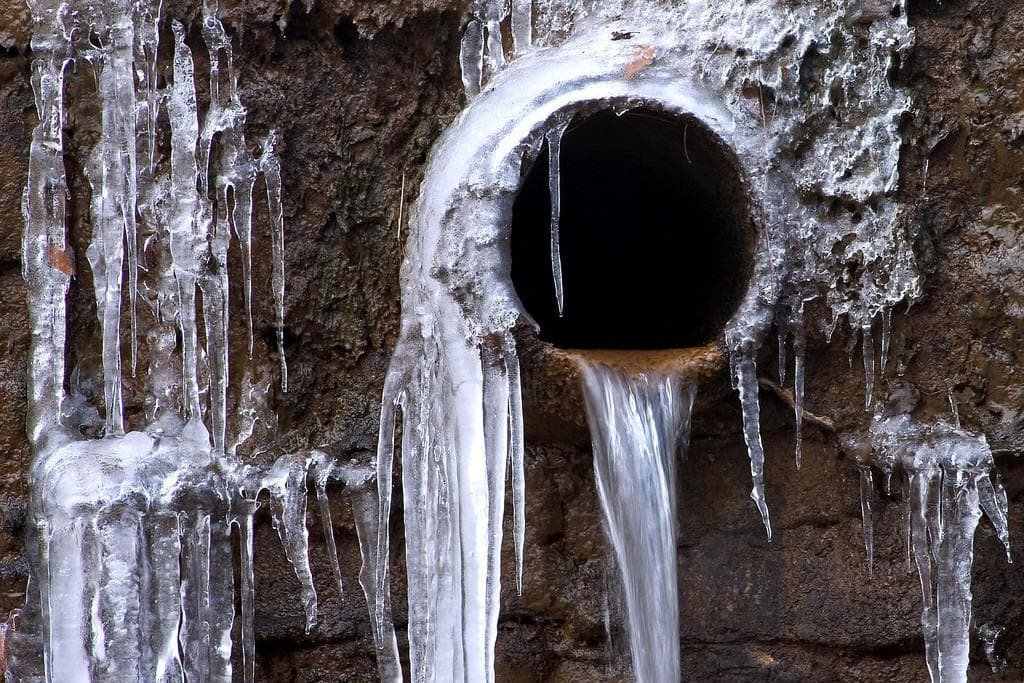Guidance for Avoiding Frozen Pipes in Winter: Expert Tips
Guidance for Avoiding Frozen Pipes in Winter: Expert Tips
Blog Article
What're your thoughts concerning How To Avoid Freezing Pipes?

Winter can wreak havoc on your plumbing, particularly by freezing pipelines. Here's just how to avoid it from occurring and what to do if it does.
Introduction
As temperatures decline, the threat of frozen pipes rises, potentially causing expensive repair services and water damage. Comprehending just how to prevent frozen pipelines is essential for house owners in chilly environments.
Recognizing Frozen Pipes
What triggers pipes to freeze?
Pipes freeze when exposed to temperatures below 32 ° F (0 ° C) for extended durations. As water inside the pipelines freezes, it broadens, putting pressure on the pipe walls and potentially causing them to burst.
Threats and damages
Frozen pipelines can lead to water system disruptions, building damages, and expensive repair work. Burst pipelines can flooding homes and create extensive structural damages.
Signs of Frozen Water Lines
Determining frozen pipes early can stop them from rupturing.
How to recognize icy pipelines
Try to find lowered water circulation from faucets, unusual smells or noises from pipelines, and visible frost on exposed pipelines.
Prevention Tips
Insulating susceptible pipelines
Cover pipes in insulation sleeves or make use of heat tape to safeguard them from freezing temperatures. Concentrate on pipelines in unheated or exterior locations of the home.
Heating methods
Maintain interior rooms effectively warmed, specifically areas with plumbing. Open up cabinet doors to enable cozy air to circulate around pipes under sinks.
Securing Exterior Pipes
Garden hose pipes and outdoor taps
Detach and drain garden tubes prior to winter season. Mount frost-proof faucets or cover exterior faucets with insulated caps.
What to Do If Your Pipes Freeze
Immediate actions to take
If you believe frozen pipes, keep faucets open to ease pressure as the ice melts. Use a hairdryer or towels taken in hot water to thaw pipes slowly.
Long-Term Solutions
Architectural modifications
Think about rerouting pipelines away from outside wall surfaces or unheated locations. Include added insulation to attic rooms, basements, and crawl spaces.
Upgrading insulation
Buy high-quality insulation for pipelines, attic rooms, and walls. Appropriate insulation assists maintain regular temperatures and decreases the danger of icy pipes.
Conclusion
Protecting against icy pipelines calls for aggressive actions and quick actions. By recognizing the reasons, indicators, and preventive measures, property owners can safeguard their plumbing throughout winter.
5 Ways to Prevent Frozen Pipes
Drain Outdoor Faucets and Disconnect Hoses
First, close the shut-off valve that controls the flow of water in the pipe to your outdoor faucet. Then, head outside to disconnect and drain your hose and open the outdoor faucet to allow the water to completely drain out of the line. Turn off the faucet when done. Finally, head back to the shut-off valve and drain the remaining water inside the pipe into a bucket or container. Additionally, if you have a home irrigation system, you should consider hiring an expert to clear the system of water each year.
Insulate Pipes
One of the best and most cost-effective methods for preventing frozen water pipes is to wrap your pipes with insulation. This is especially important for areas in your home that aren’t exposed to heat, such as an attic. We suggest using foam sleeves, which can typically be found at your local hardware store.
Keep Heat Running at 65
Your pipes are located inside your walls, and the temperature there is much colder than the rest of the house. To prevent your pipes from freezing, The Insurance Information Institute suggests that you keep your home heated to at least 65 degrees, even when traveling. You may want to invest in smart devices that can keep an eye on the temperature in your home while you’re away.
Leave Water Dripping
Moving water — even a small trickle — can prevent ice from forming inside your pipes. When freezing temps are imminent, start a drip of water from all faucets that serve exposed pipes. Leaving a few faucets running will also help relieve pressure inside the pipes and help prevent a rupture if the water inside freezes.
Open Cupboard Doors
Warm your kitchen and bathroom pipes by opening cupboards and vanities. You should also leave your interior doors ajar to help warm air circulate evenly throughout your home.

We had been made aware of that article on Winter Plumbing Precautions: Preventing Frozen Pipes from someone on a different web property. Sharing is nice. One never knows, you may very well be doing someone a favor. Thanks a lot for taking the time to read it.
Book Today Report this page